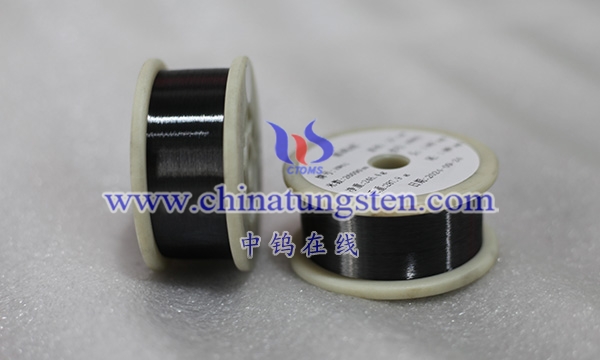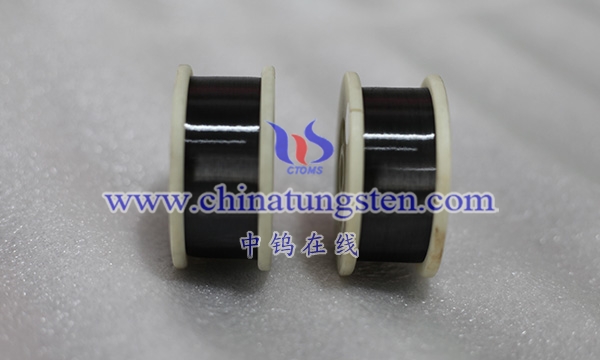Cut-resistant tungsten wire can indeed be manufactured using 3D printing technology, but this process is relatively complicated and requires specific processes and equipment. The following is a detailed analysis of this process:
- Application of 3D printing technology in tungsten metal manufacturing
Technical feasibility: In recent years, 3D printing technology has provided new ideas for the manufacture of tungsten metal. Through SLM (selective laser melting), BJ (binder jetting), FDM (fused deposition modeling) extrusion, and DLP (photocuring) based on direct melting and sintering preparation methods, the manufacturing feasibility of tungsten metal has been explored.

Advantages and Challenges: 3D printing technology can manufacture tungsten metal products with complex structures, such as waveguides, collimators, nuclear reactor plasma surface components, etc., covering aerospace, aviation, military, medical and nuclear industries. However, due to the high melting point and difficult processing characteristics of tungsten, direct 3D printing processes such as laser melting may face problems such as cracking and forming difficulties.
- 3D printing manufacturing of cut-resistant tungsten wire
Powder extrusion printing technology (PEP): This is an indirect 3D printing technology based on sintering. It produces green billets by heating granular materials mixed with metal powder and polymer binder into a molten paste fluid and depositing them layer by layer. After degreasing and sintering, the green billet can form alloy parts with the desired structure and high performance.
Advantages: PEP technology has no strict requirements on the sphericity and fluidity of the original powder, and the sintering temperature is lower than the temperature at which direct 3D printing is completely melted, allowing heat to be applied more evenly, thereby ensuring the consistency of product performance. In addition, the process also has the characteristics of low-temperature forming and high-temperature forming, which is suitable for powder materials used in powder metallurgy.

Limitations of direct 3D printing technology: Although direct 3D printing technologies such as SLM perform well in manufacturing high-precision and high-quality functional components, when manufacturing tungsten metal blocks, the presence of temperature gradients can easily lead to residual stress and cause cracking. Therefore, direct 3D printing technology may face greater challenges in manufacturing cut-resistant tungsten wire.
More details of tungsten wires, please visit website: http://tungsten.com.cn/tungsten-wires.html
Please contact CHINATUNGSTEN for inquiry and order of tungsten needles:
Email: sales@chinatungsten.com
Tel.: +86 592 5129595






